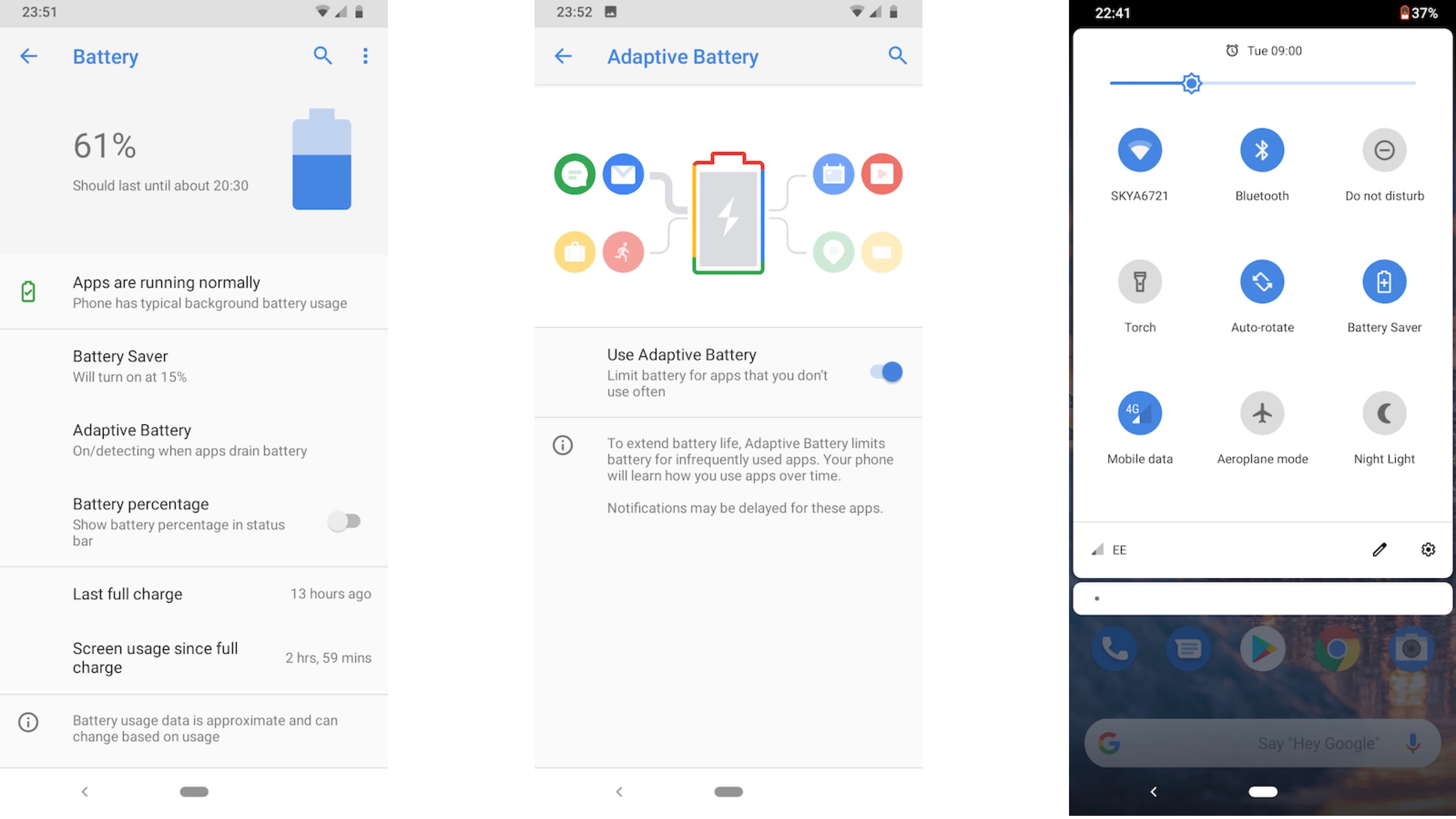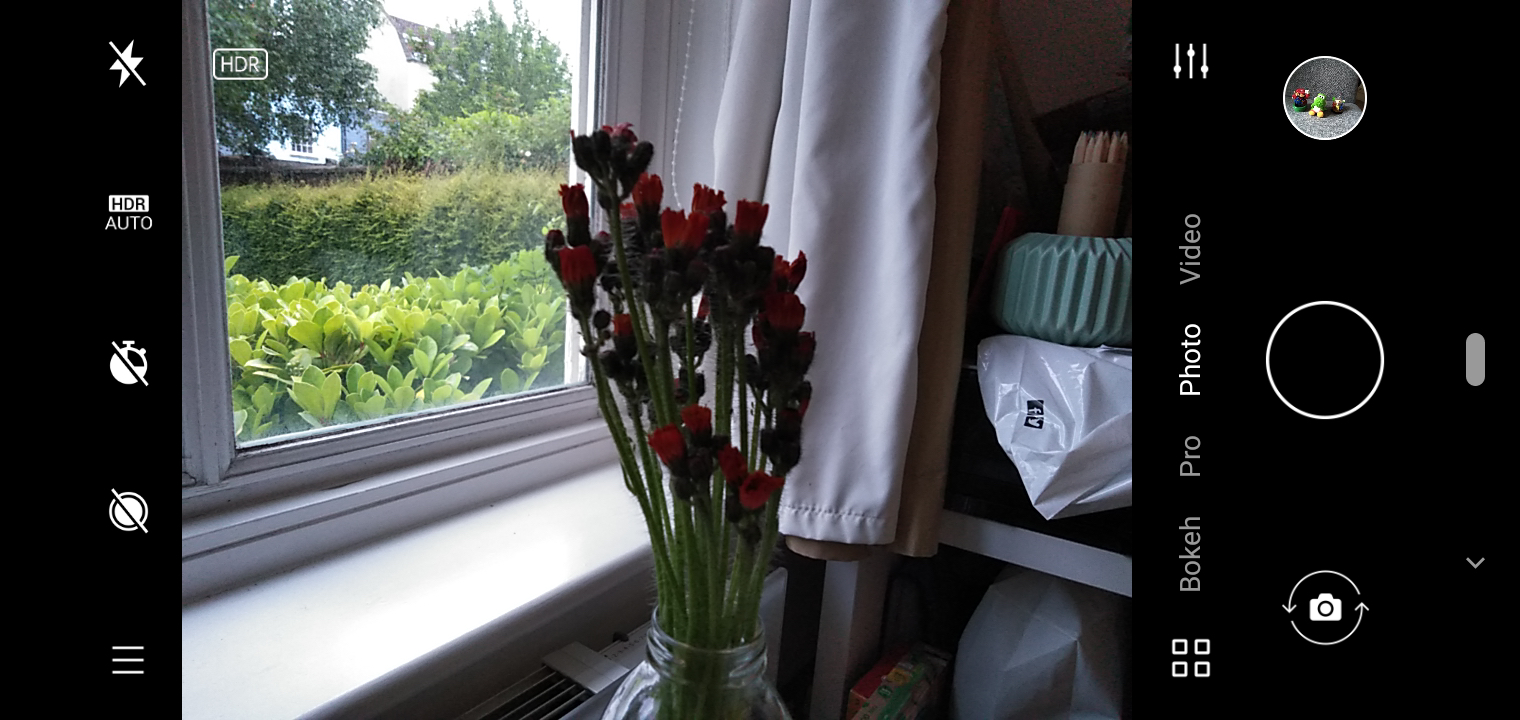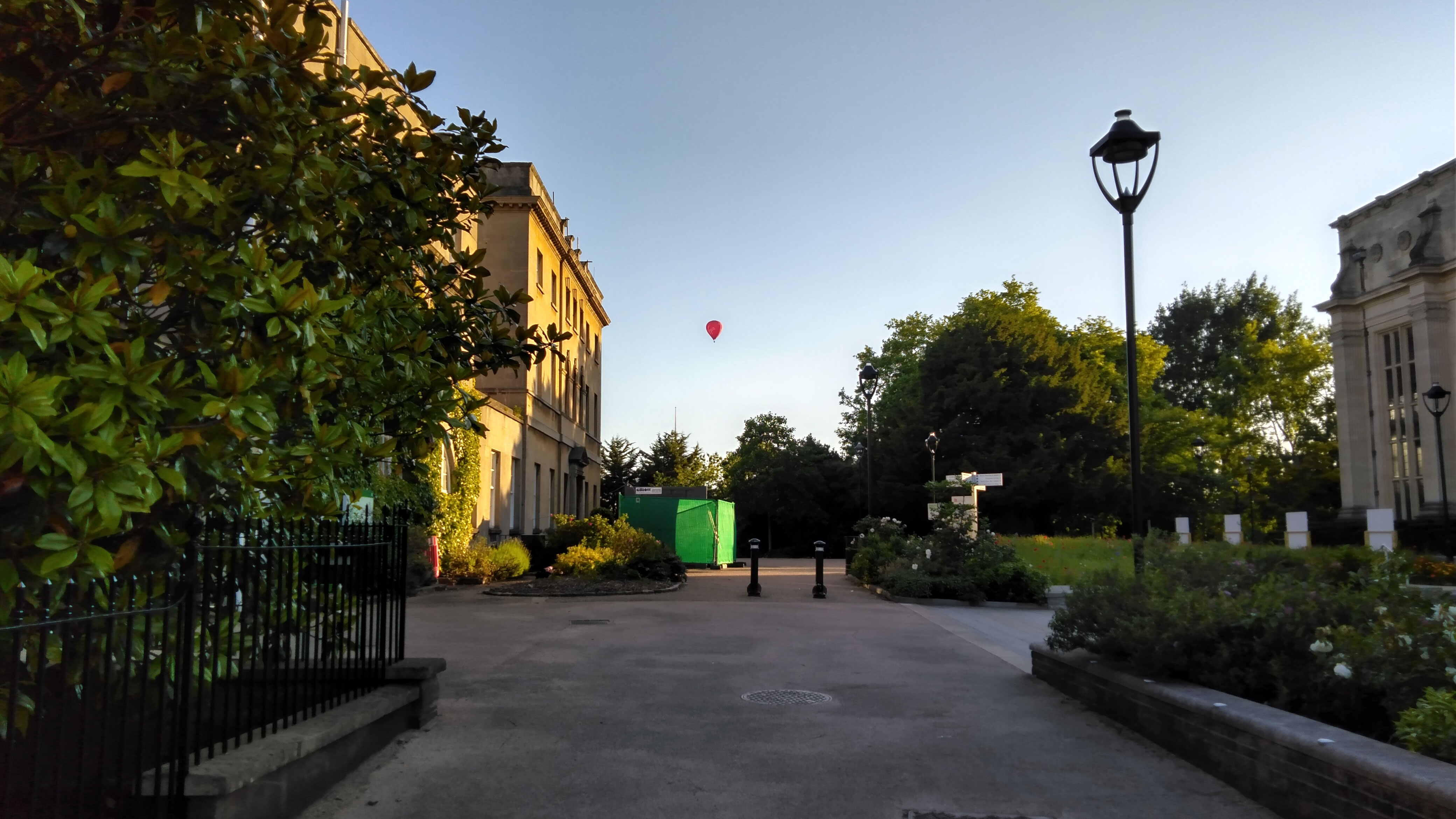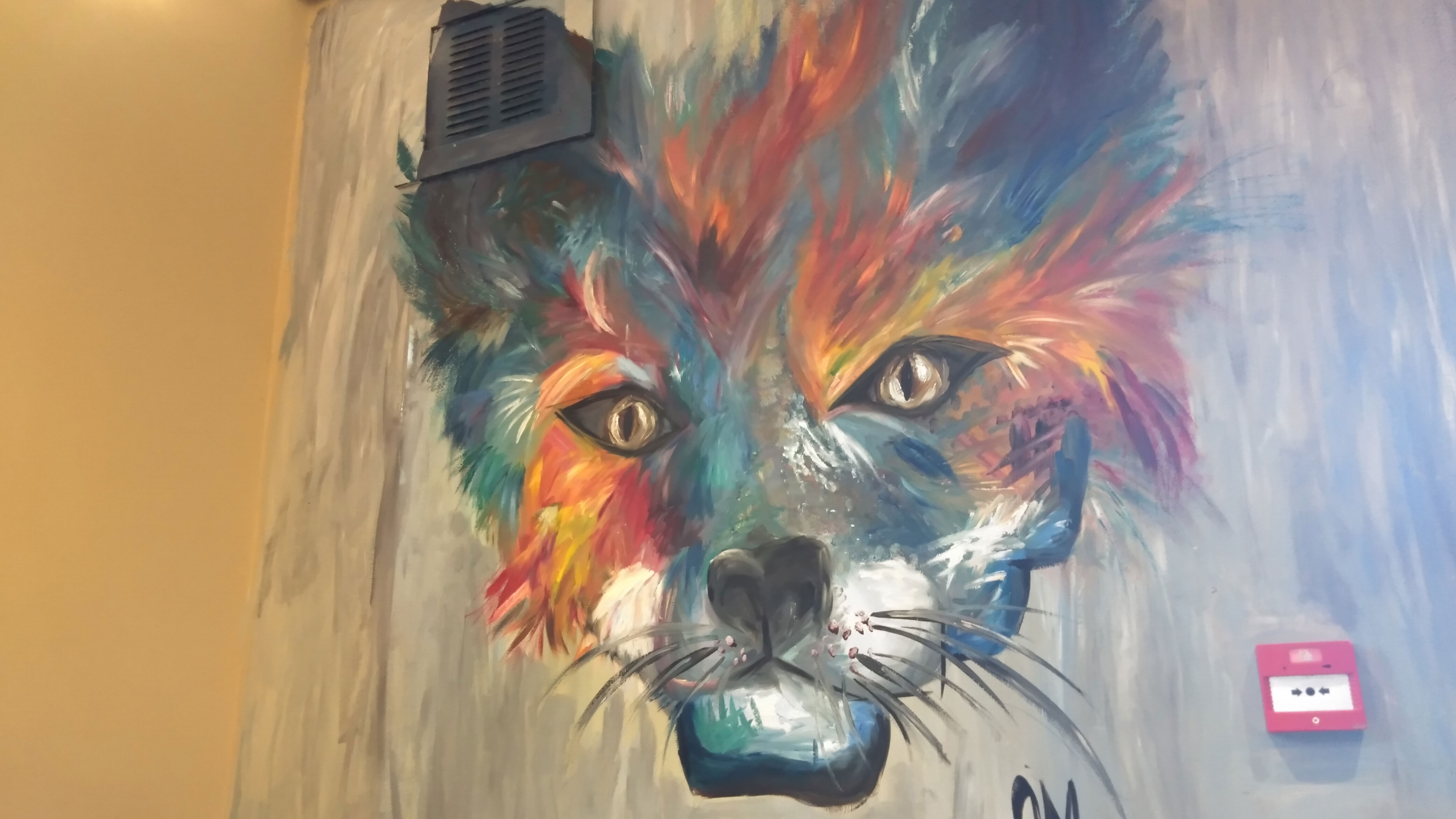Why you can trust TechRadar
Battery life
- 3,000mAh battery good for light usage, terrible for media
You might expect that a phone with such a modest display resolution and low-powered processor would come up with the goods on battery life. What’s more, while a 3,000mAh battery isn’t huge by modern standards, it’s plenty big enough given those limited tech specs.
However, the Nokia 4.2’s battery performance is rather mixed. With light usage - calls, messages, and the occasional web browsing session or photo - we found that you could conceivably get through the best part of two days on a single charge. Which is great.
On the other hand, media playback really seems to hit the Nokia 4.2 hard. Our standard video test involves a 90 minute looping 720p video with the screen brightness pushed up to max. An average power loss of 20% from this task is a pretty woeful result from the Nokia handset.

Comparing this to the Moto G7 Power isn’t massively fair, as its whole raison d’être is stamina courtesy of a bulky 5000mAh battery. It dropped 12% in our battery test, if you’re curious.
But even the Moto G7 Play faired a lot better. It dropped just 14% from the same test, despite the fact it also packs a 3000mAh battery and a very similar 720p display.
One thing the Moto G7 Play includes that the Nokia 4.2 doesn’t is a USB-C port, which helps it support 10W fast charging. There’s nothing of the sort with the Nokia, and charging through a microUSB port is very slow.
Camera
- 13MP + 2MP dual sensors
- 8MP selfie cam
We’re long past the point of being impressed when an affordable phone comes forward with a multi-camera set-up, but we’re glad to see the Nokia 4.2 packing the usual photographic tricks nonetheless.
Sign up for breaking news, reviews, opinion, top tech deals, and more.
This time we get a 13-megapixel main camera backed by a 2-megapixel depth sensor. Around front there’s an 8-megapixel selfie cam.
The results are respectable rather than spectacular. But respectable is good at this price point, where the camera tends to be the biggest give-away that compromises have been made.

Shots with the Nokia 4.2 tend to be reasonably well balanced, with an auto HDR mode that’s pretty on the ball when it comes to evening out images that feature extremes of light and shade. It’s far from perfect, and you’ll still get your fair share of overexposed background elements, but it’s better than most cheap phones can manage.
Colours tend to be nice and natural, and detail levels are also pretty good - in decent lighting at least. Naturally as soon as you start omitting light from the equation things start to fall apart, and images can become pretty noisy.
The main issue with the Nokia 4.2’s camera relates to one of the big criticisms of the phone itself - its sluggish performance. Pressing the shutter button, even in relatively benign shooting conditions, can result in an irritating delay before the shot takes and processes.

It can lead to instances where you doubt whether you’ve made proper contact with the shutter button, which is never a good thing when you’re trusting your phone to take a quick opportunistic snap.
Speed aside, Nokia’s camera app is very sharp, with an intuitive radial menu-powered Pro mode. Although, this isn’t really the kind of premium smartphone camera that users will want to tinker with too much, we suspect.
Live Bokeh mode, meanwhile, lets you choose the degree of blur you get behind the main subject of a photo. Again, it’s not a unique feature these days, but it’s cleanly handled. Kudos, too, for the lack of woeful ‘beauty’ sliders and associated gimmicks.
Camera samples

Auto HDR generally does a good job of balancing shots out

Again, the colour balance and temperature of this shot is spot on, though the background is overblown.

Detail and colour accuracy is on point.

Indoors with plenty of lighting, this food looks good enough to eat.

The Nokia really captures the golden glow of this shot.

The smudgey colours of this painting have been accurately captured.

When the light drops, so does the images quality.
Current page: Battery life and camera
Prev Page Introduction, key features and design Next Page Anything else I should know?
Jon is a freelance journalist who has been covering tech since the dawn of the smartphone era. Besides TechRadar, his words and pictures have appeared in The Telegraph, ShortList, Tech Advisor, Trusted Reviews, Expert Reviews, and more. He largely covers consumer technology, with a particular focus on smartphones and tablets. However, he's also been known to dabble in the worlds of entertainment and video games.
